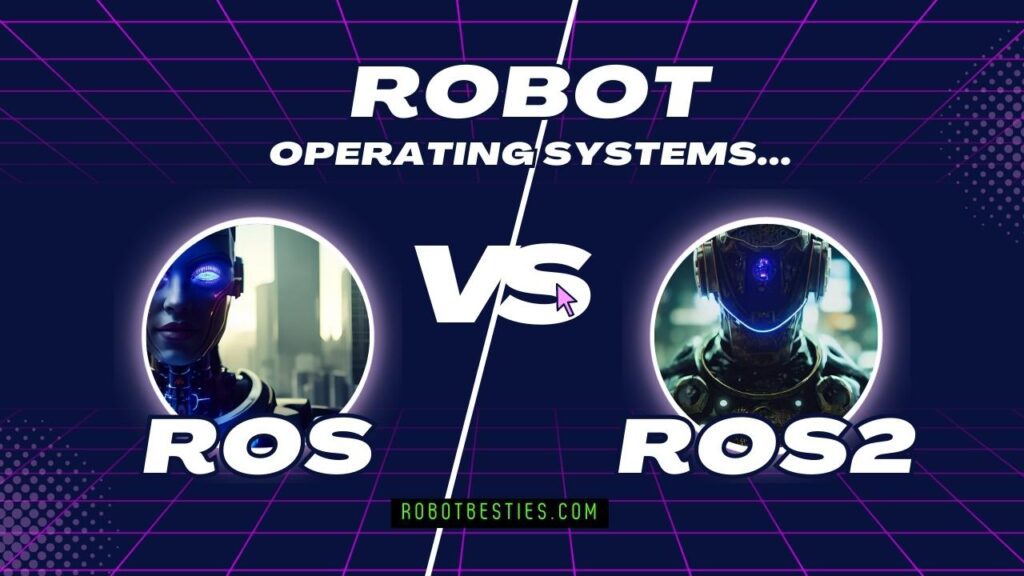In the dynamic world of robotics, the Robot Operating System (ROS) has emerged as a powerful middleware that facilitates the development of robotic software. With two major versions available, ROS and ROS2, it’s essential to understand their differences and choose the appropriate system for your project. Let’s take a closer look at these two versions.

Architecture and Design Philosophy
ROS1: ROS1, or simply ROS, was designed with a flexible and user-friendly approach. Its primary goal was to make robotic software development accessible to a wide audience. However, this design led to some issues in terms of security, real-time capabilities, and communication efficiency.
ROS2: ROS2 aimed to address the shortcomings of ROS by introducing a new architecture. It brought significant improvements in performance, safety, and real-time capabilities. These improvements make ROS2 suitable for industrial applications where safety and precision are paramount.
Communications Middleware
ROS1: ROS1 uses a custom middleware known as roscpp, which was specifically designed for ROS. It offers robust communication but may lack efficiency and real-time capabilities.
ROS2: ROS2 employs DDS (Data Distribution Service) as its middleware. DDS is an industry-standard that provides more efficient communication, modularity, and supports real-time requirements. This change offers higher performance and allows ROS2 to integrate better with other industrial systems.
Real-Time Capabilities
ROS1: ROS1 struggles with providing real-time support, an essential feature for many robotic applications. This limitation can result in unpredictable behavior in critical systems.
ROS2: ROS2 was designed with real-time applications in mind. With the right configuration and underlying OS support, ROS2 can offer hard or soft real-time performance, making it suitable for high-precision tasks.
Security
ROS1: ROS1’s open and flexible architecture led to limited security features. There’s no inherent encryption or access control, which can be a concern for commercial or critical applications.
ROS2: Security was a significant focus in ROS2. It includes built-in features for encryption, authentication, and access control, making it a more secure choice for sensitive environments.
Community and Support
ROS1: ROS1 has a vast and active community, with numerous packages and libraries available. However, official support is winding down as the focus shifts to ROS2.
ROS2: ROS2 is still growing its community and library support. Despite being relatively new, it has gained momentum, and an increasing number of packages are being ported or developed for ROS2. Organizations are actively encouraging the transition to ROS2.
Which Will YOU Choose for Your Robotics Project?
ROS1 and ROS2 serve different needs and are suited for various applications. While ROS1 provides flexibility and ease of use, ROS2 focuses on performance, safety, and real-time capabilities.
For hobbyists and researchers, ROS1 may still be a viable option. However, for industrial applications or projects requiring robust security and real-time performance, ROS2 offers clear advantages.
The choice between ROS1 and ROS2 should be guided by the specific requirements of your project, keeping in mind the ongoing shift towards ROS2 in the robotic community.
By understanding these differences, developers and engineers can make informed decisions and leverage the strengths of each system to build innovative and efficient robotic solutions.


